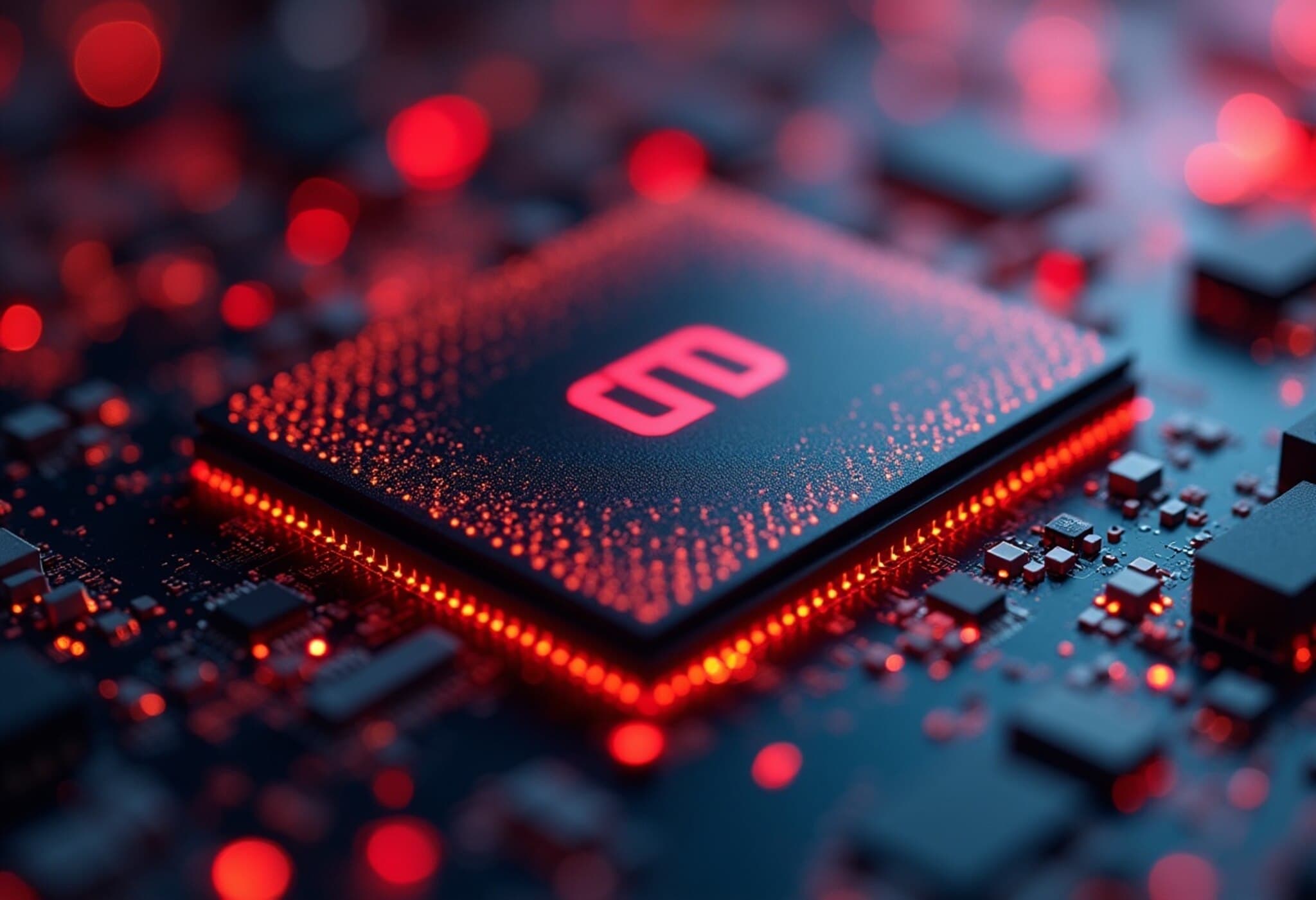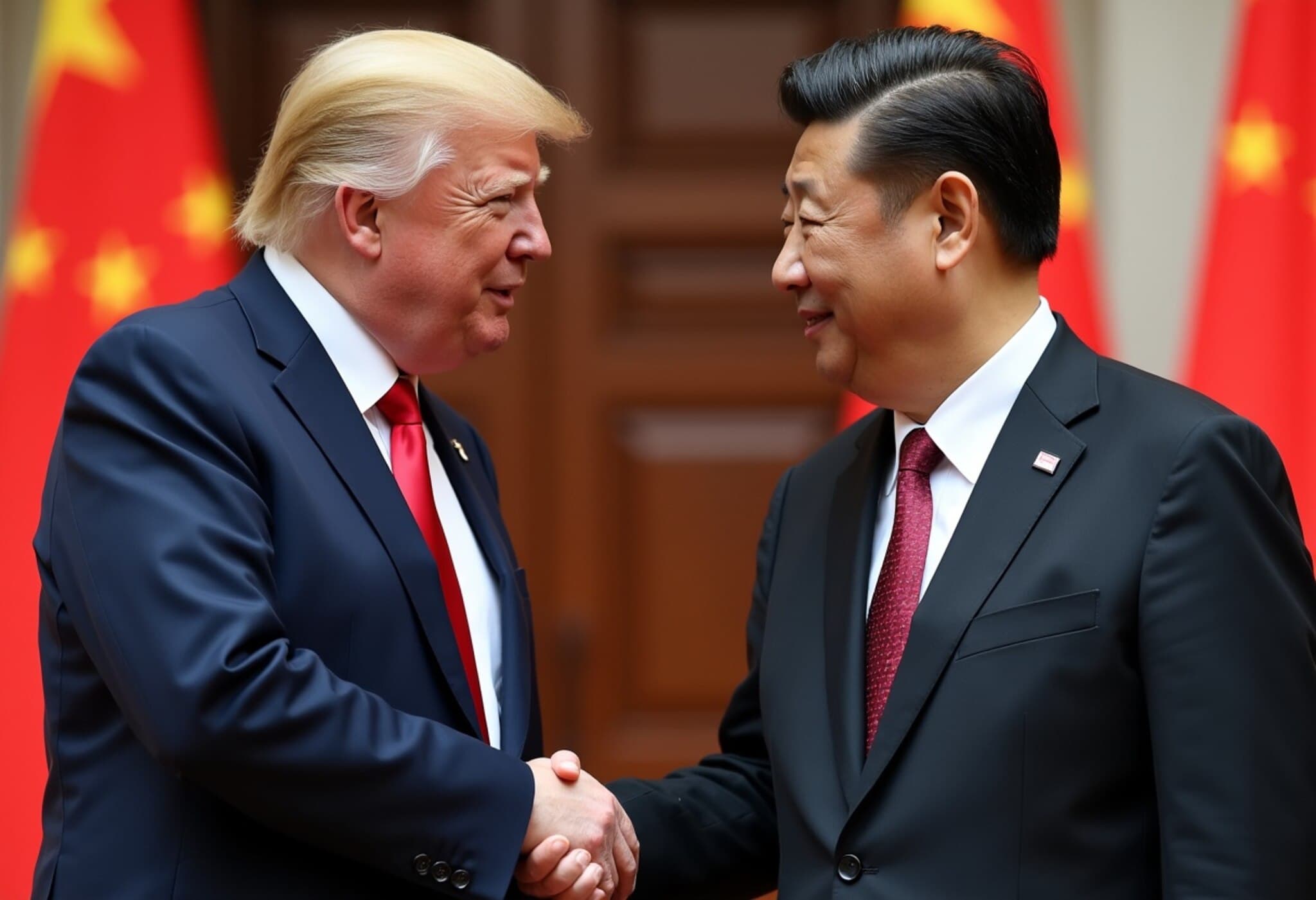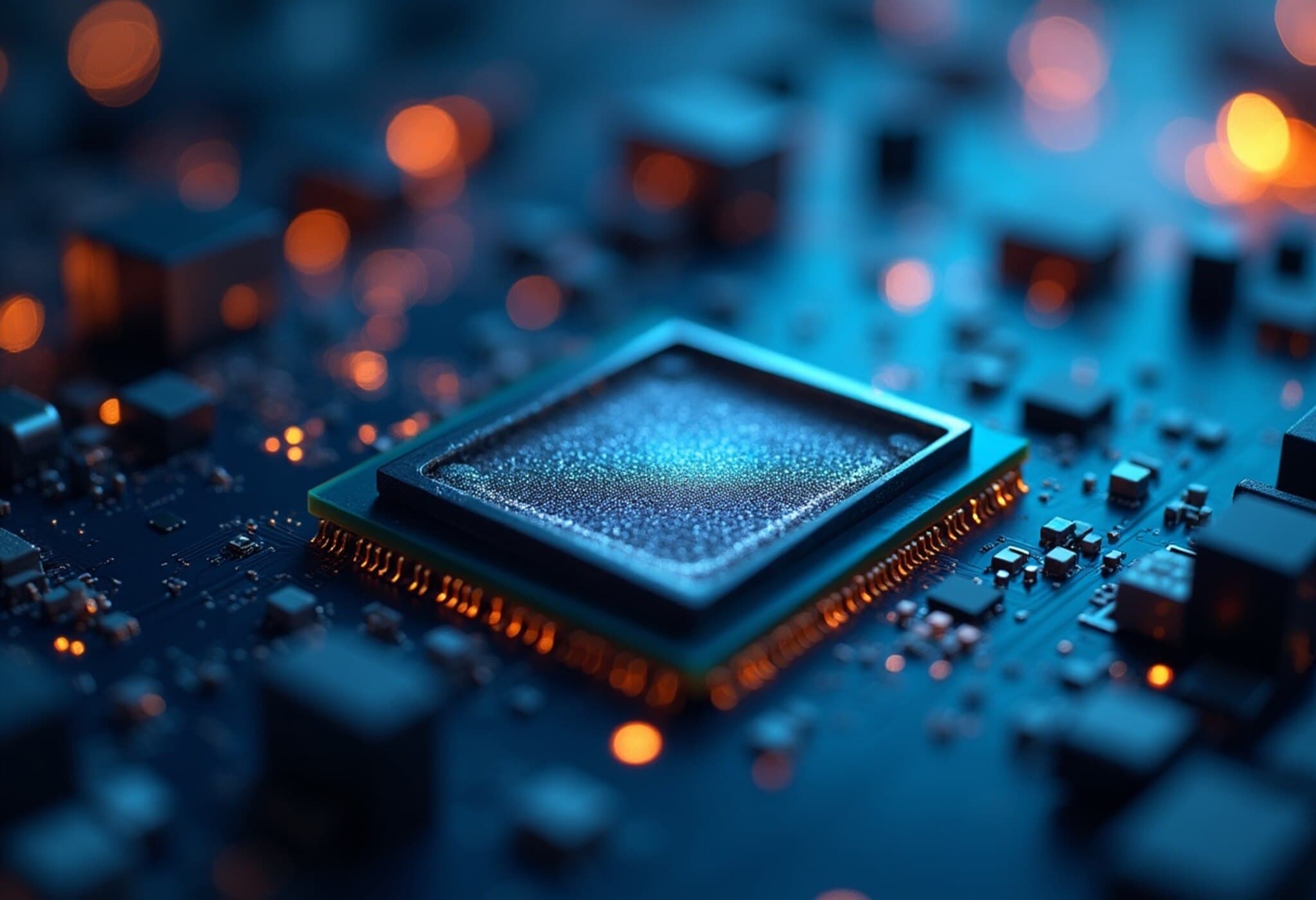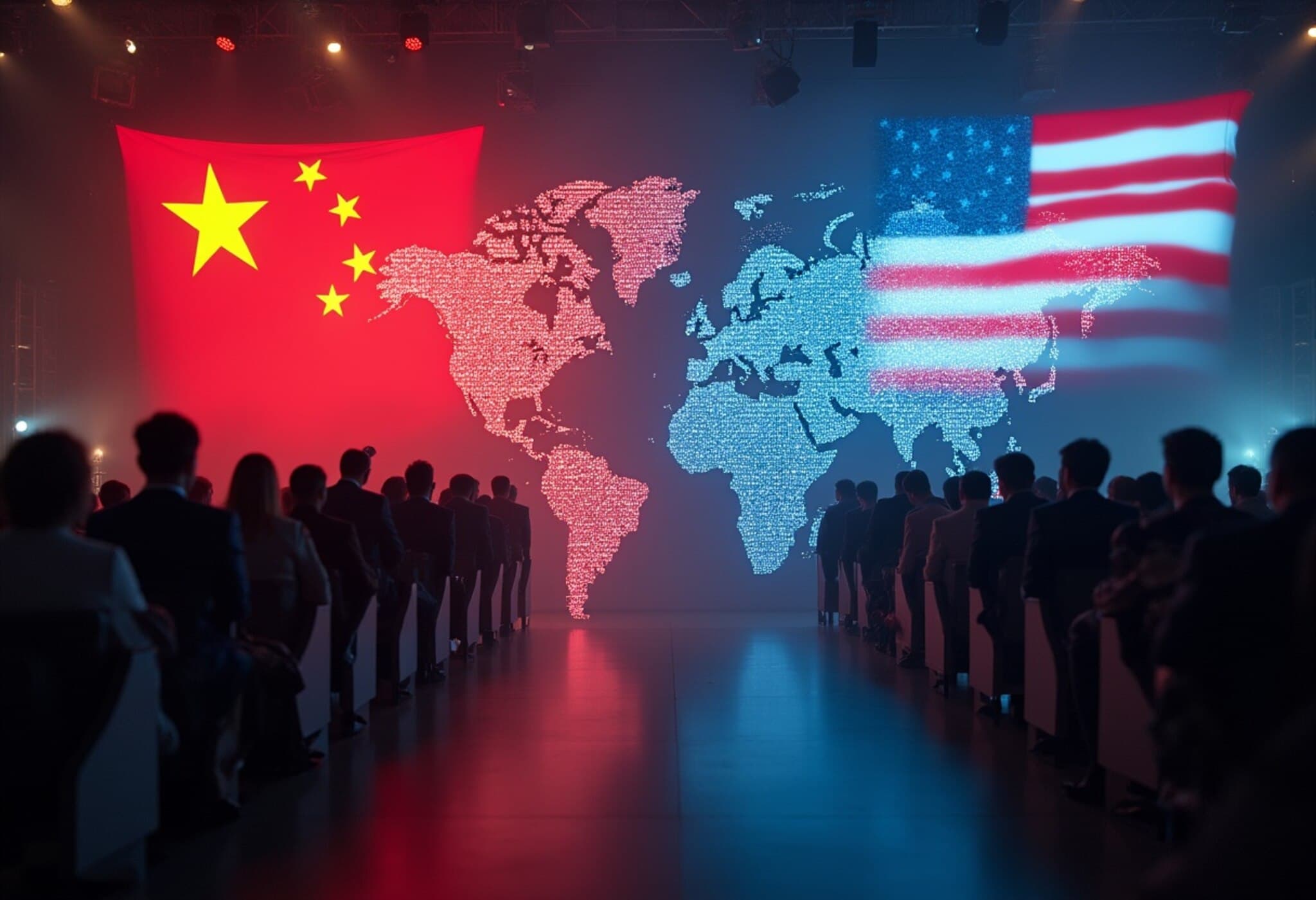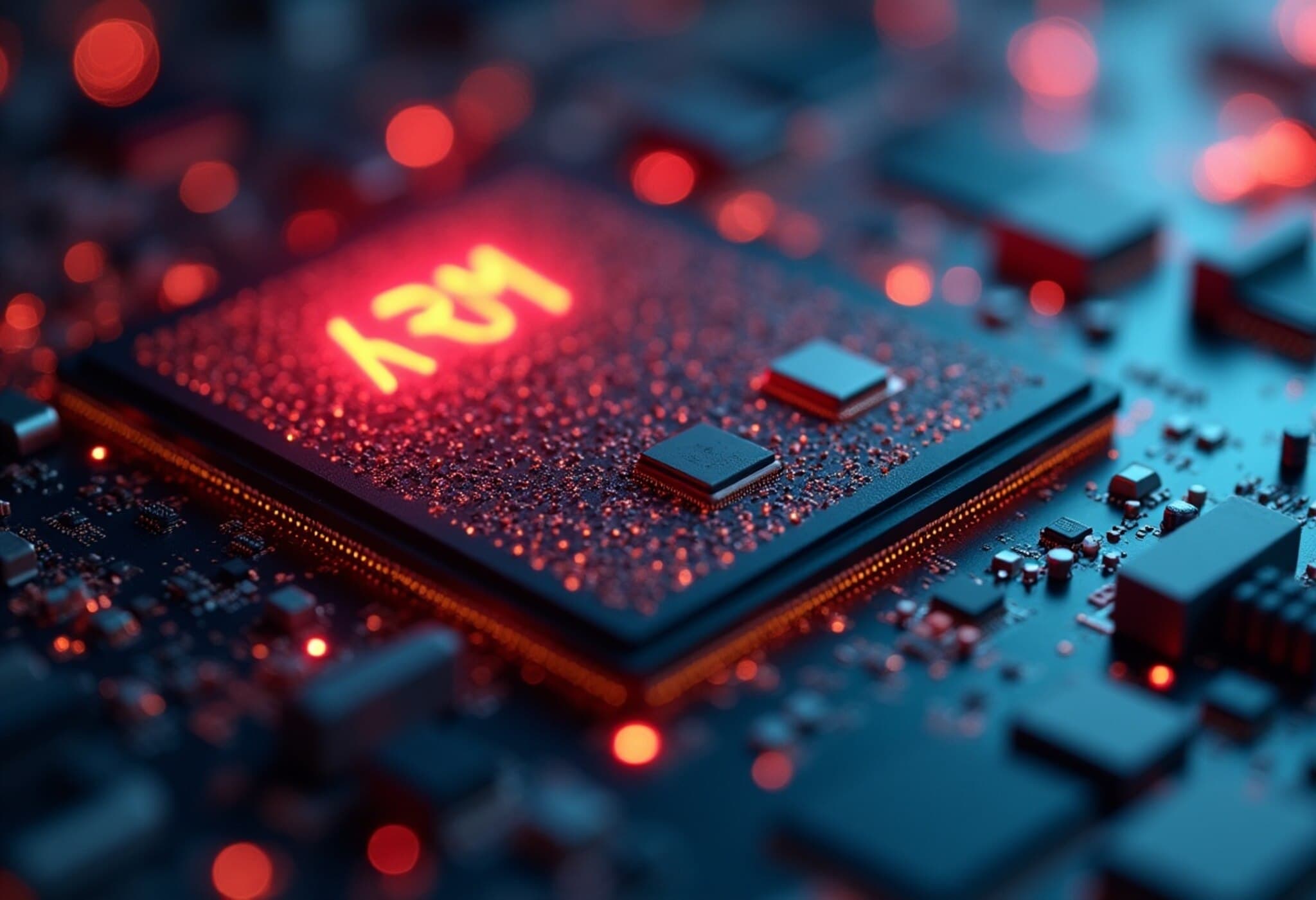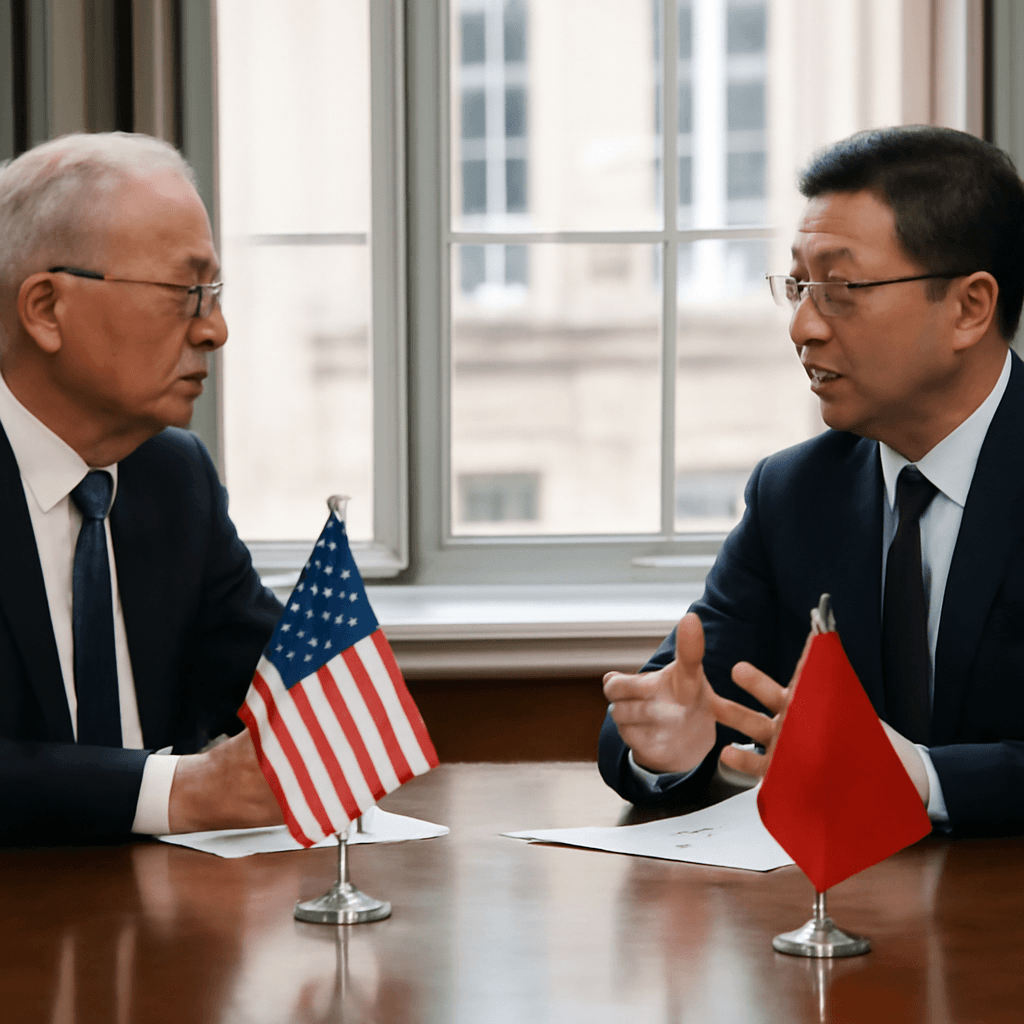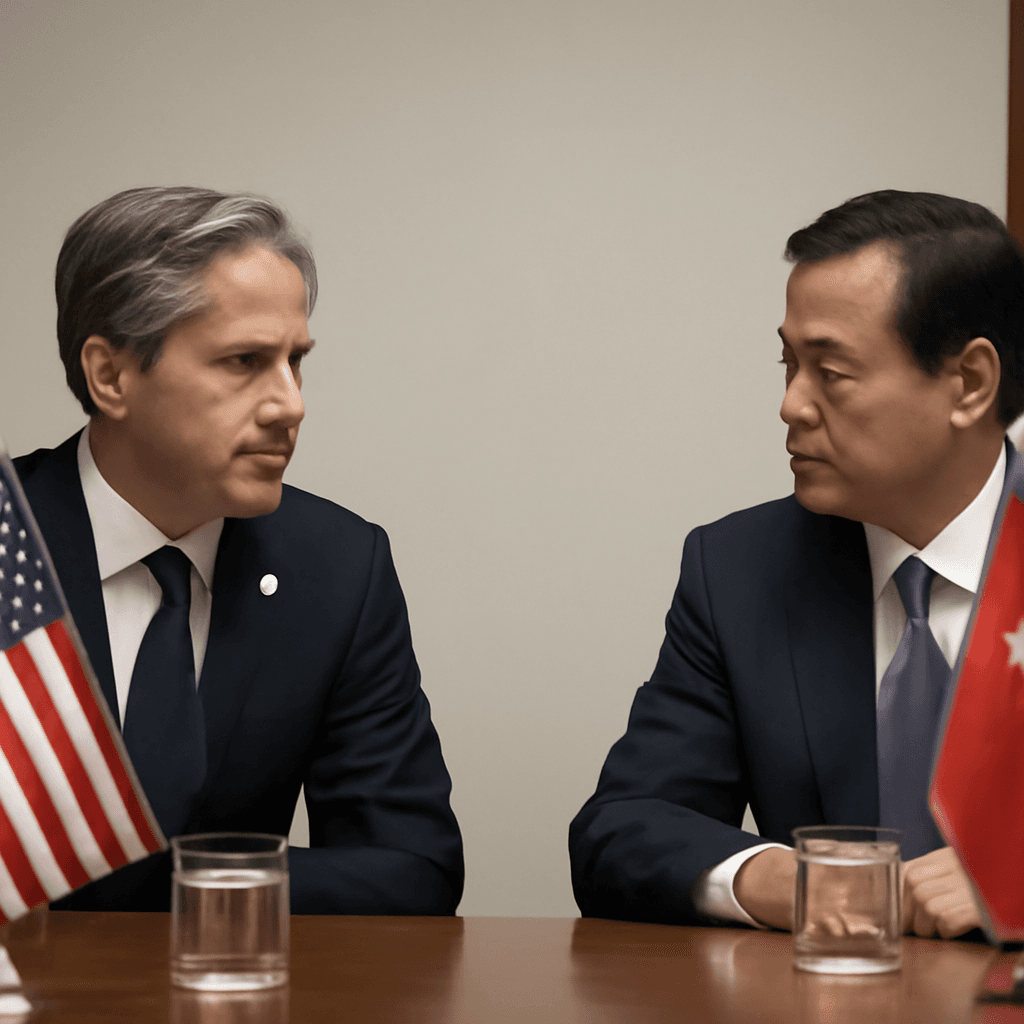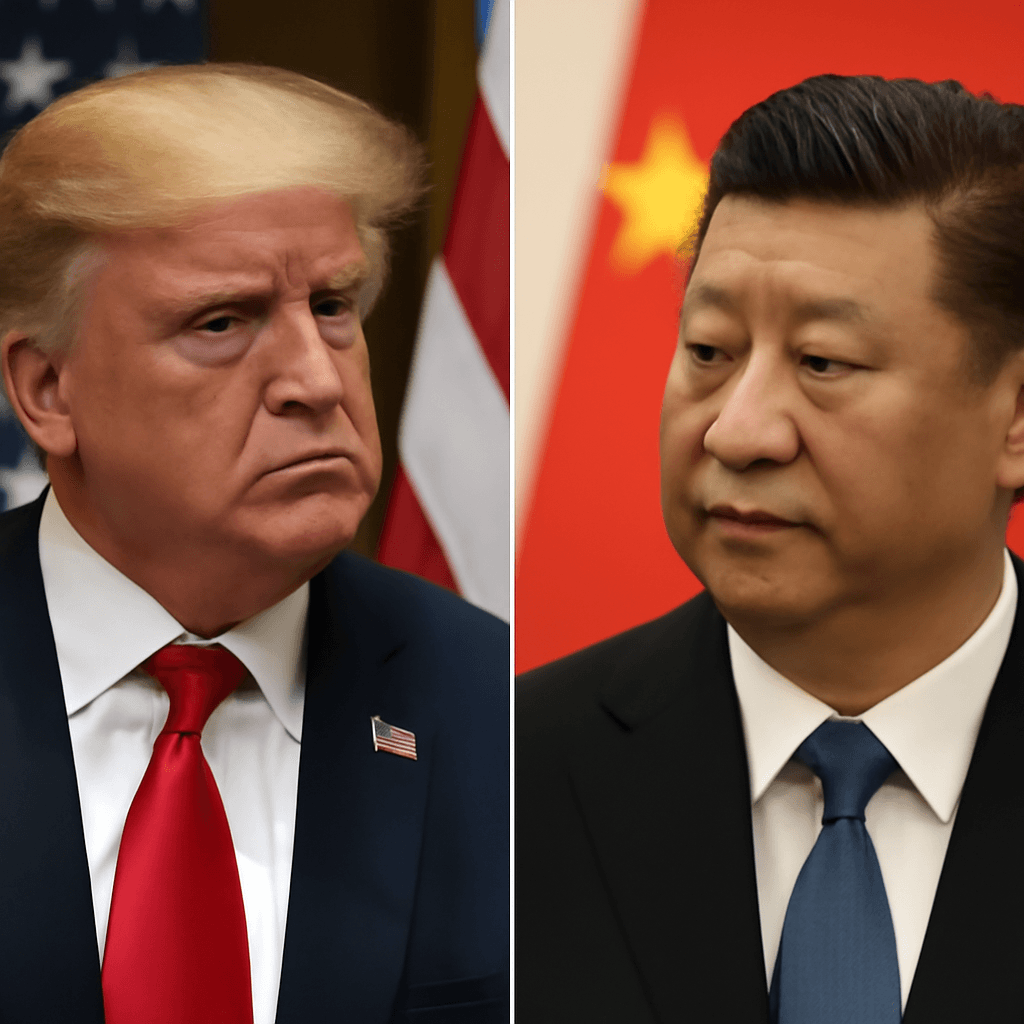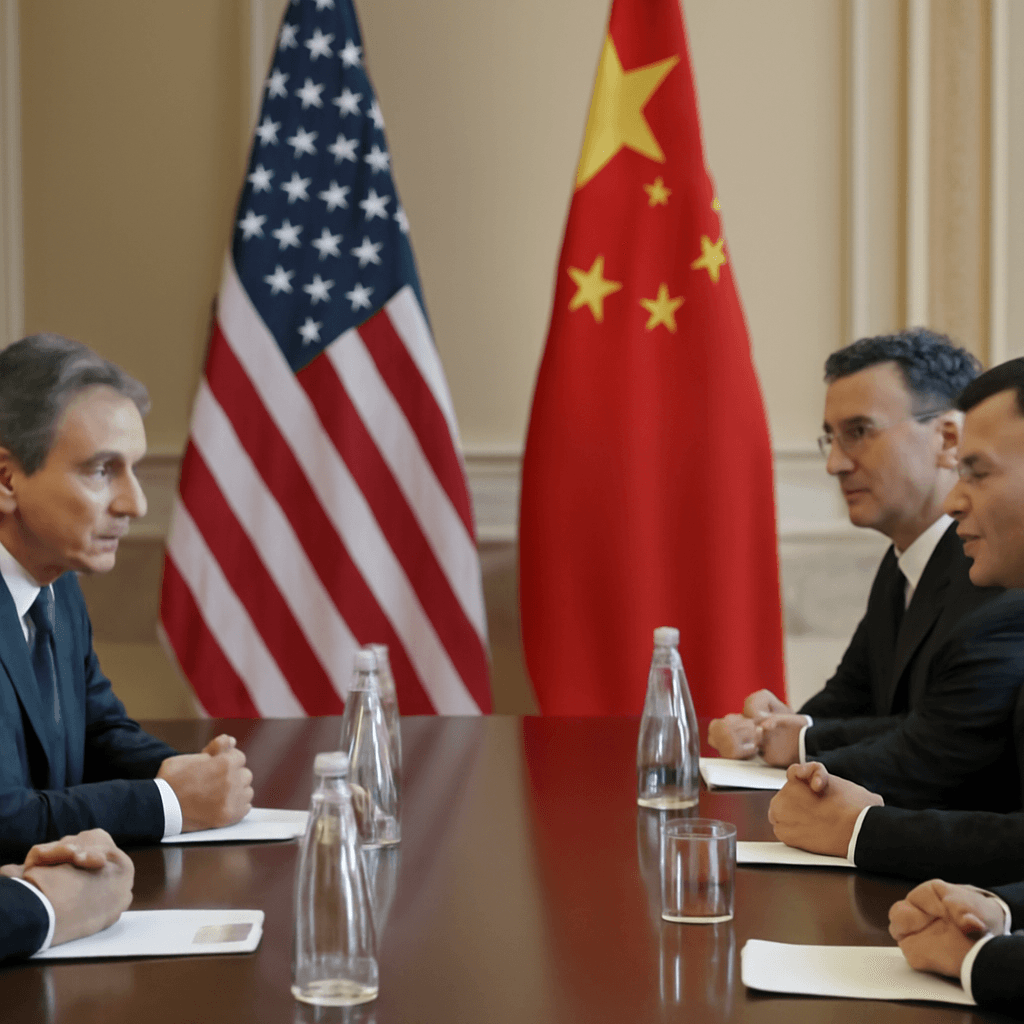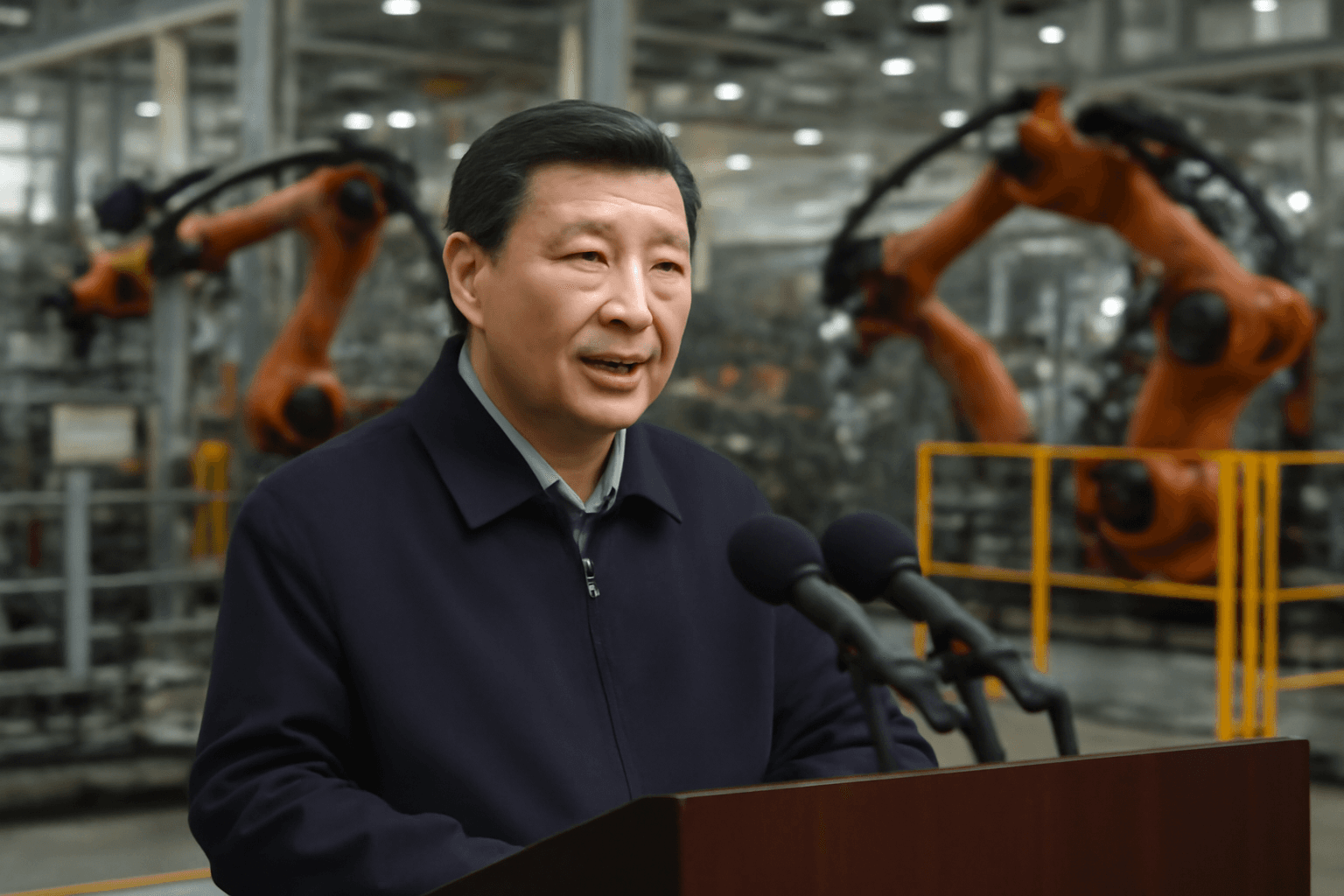AMD Set to Resume MI308 AI Chip Shipments to China
Advanced Micro Devices (AMD) announced on Tuesday a significant policy shift: the U.S. Commerce Department will recommence reviewing export licenses for AMD’s MI308 AI chips destined for China. This development marks a notable easing in export restrictions between the two economic powerhouses and comes in the wake of cautious diplomatic overtures aimed at alleviating trade tensions.
Following the announcement, AMD’s stock price surged approximately 7%, reflecting investor optimism about regained access to the lucrative Chinese technology market.
Background: Navigating Export Controls and Economic Pressures
AMD’s MI308 chips, specifically designed for AI applications in China, became embroiled in U.S. export restrictions earlier this year amid heightened concerns over national security and the global semiconductor race. In April, AMD disclosed that these restrictions could cost the company up to $800 million in charges, underscoring the financial strain imposed by regulatory barriers.
Similarly, rival chipmaker Nvidia faced notable revenue setbacks following tightened controls on its H20 AI processors, which were also developed with the Chinese market in mind. CEO Jensen Huang highlighted these impacts during earnings calls, underscoring the broader economic consequences of such controls for American semiconductor firms.
Geopolitical Context: Trade Relations and Industry Advocacy
The resumption of license reviews aligns with recent diplomatic efforts to recalibrate U.S.-China relations, which have been strained since the trade war escalations under former President Trump's tariff campaigns. Industry leaders, including Nvidia’s Huang, have lobbied the Biden administration to ease restrictions to remain competitive in the global AI technology landscape.
AMD expressed support for these diplomatic and regulatory moves, stating, "We applaud the progress made by the Trump administration in advancing trade negotiations and its commitment to US AI leadership." This message reflects an industry balancing act between safeguarding national security and fostering innovation and market access.
Policy Developments and Future Outlook
Early this year, export controls on AI chips to China intensified amid fears that the advanced technology could enhance China's military capabilities. Notably, measures implemented under the Biden administration — which had introduced tiered shipment restrictions — were rolled back, signaling a policy pivot.
Despite these changes, the U.S. government has yet to unveil a comprehensive strategy for AI chip exports, leaving the industry awaiting clearer guidance. Meanwhile, companies like AMD and Nvidia prepare to navigate this evolving landscape with cautious optimism.
Implications for the Semiconductor Industry and Global AI Competition
- Market Access: Renewed export license reviews mean U.S. chipmakers can potentially regain significant revenue streams in China, the world’s second-largest economy and a pivotal AI market.
- Innovation Balance: Policymakers face the delicate task of promoting U.S. technological leadership without compromising national security.
- Economic Impact: The potential to mitigate billions in losses for American firms like AMD and Nvidia encourages more stable industry growth and investment.
Expert Commentary
From a policy analyst perspective, this shift reveals a recognition that wholesale export bans may inadvertently stall American leadership in AI semiconductor innovation by constraining market reach. Balancing national security with commercial competitiveness is critical as AI becomes central to economic and military power.
Furthermore, this pivot could signal broader recalibrations in U.S.-China technology policy amid global chip supply chain challenges and ongoing negotiations over intellectual property and tech standards.
Editor's Note
While AMD’s announcement is a beacon of hope for the semiconductor sector, key questions remain unanswered: How will U.S. authorities define “national security” in this context? Can the U.S. effectively mitigate risks associated with advanced AI technologies reaching China without throttling its own industry’s growth?
For readers and industry watchers, the unfolding dynamics underscore the complexities at the intersection of technology, geopolitics, and commerce in the 21st century.

